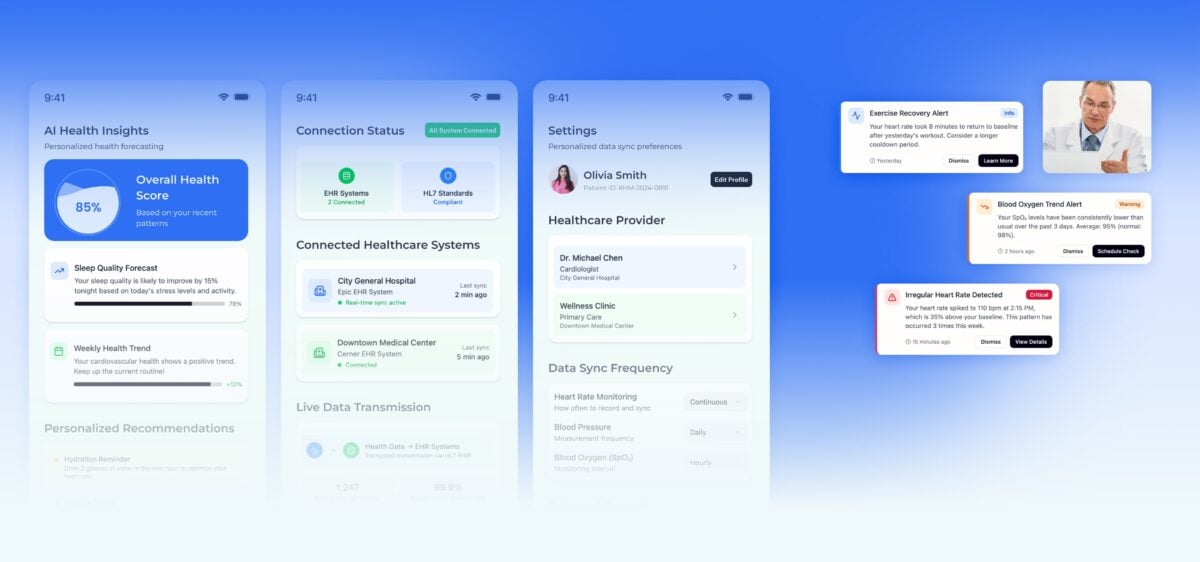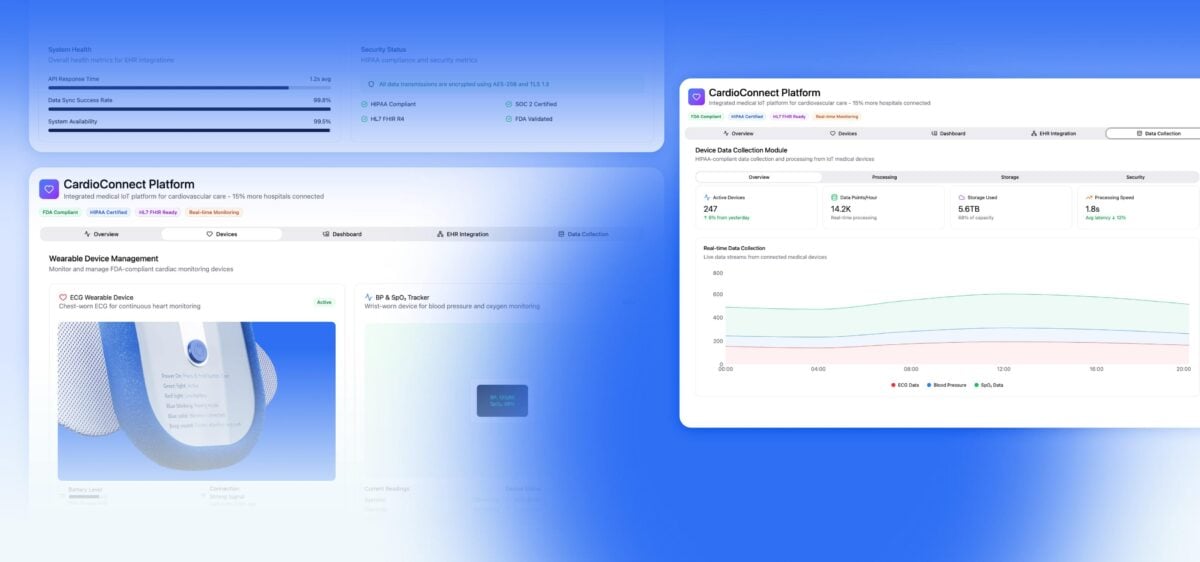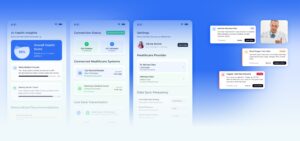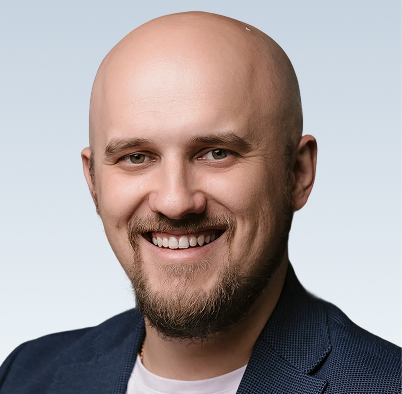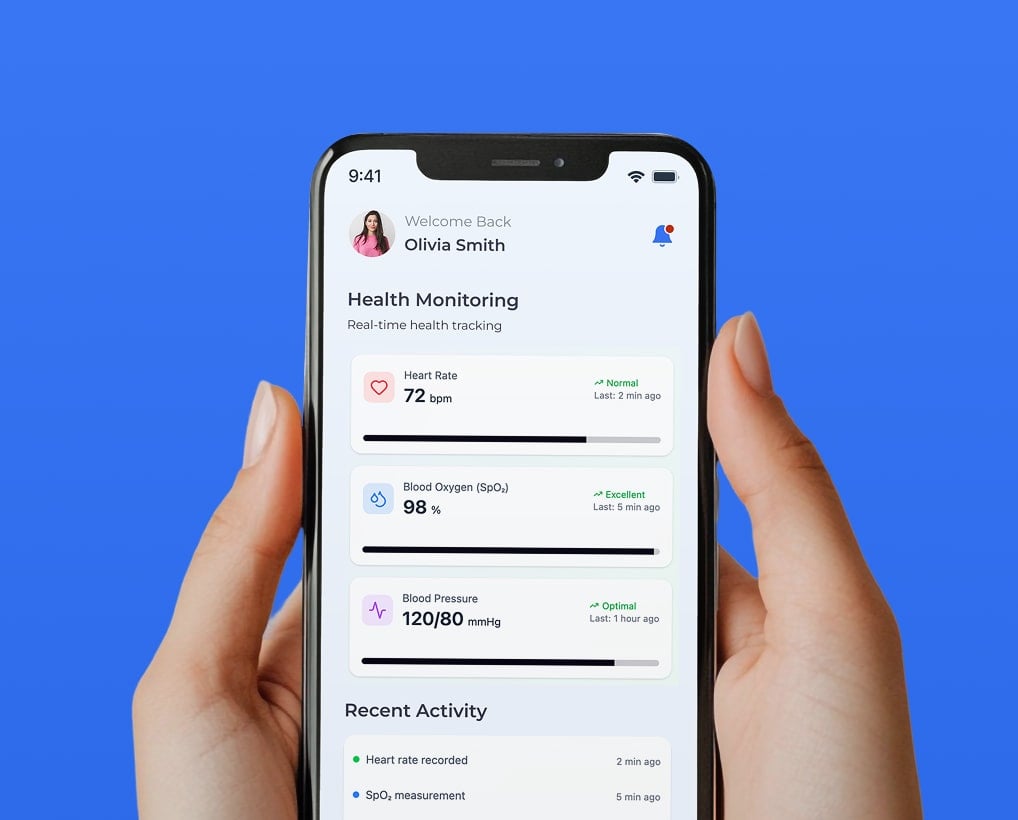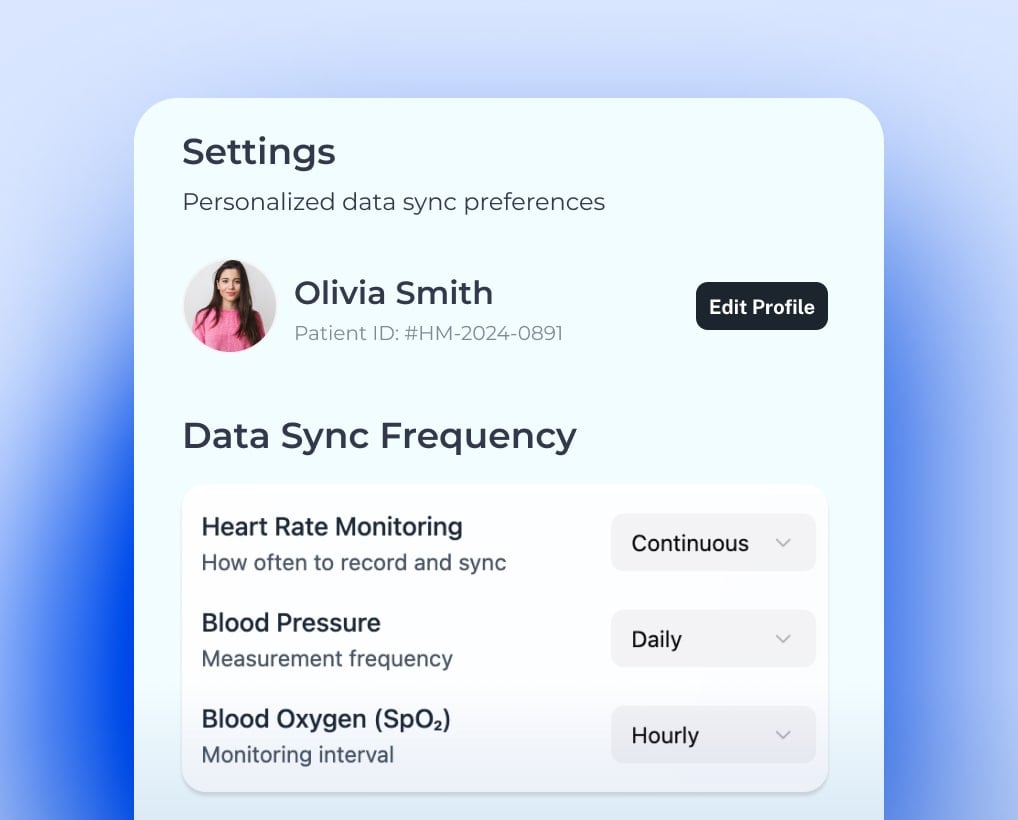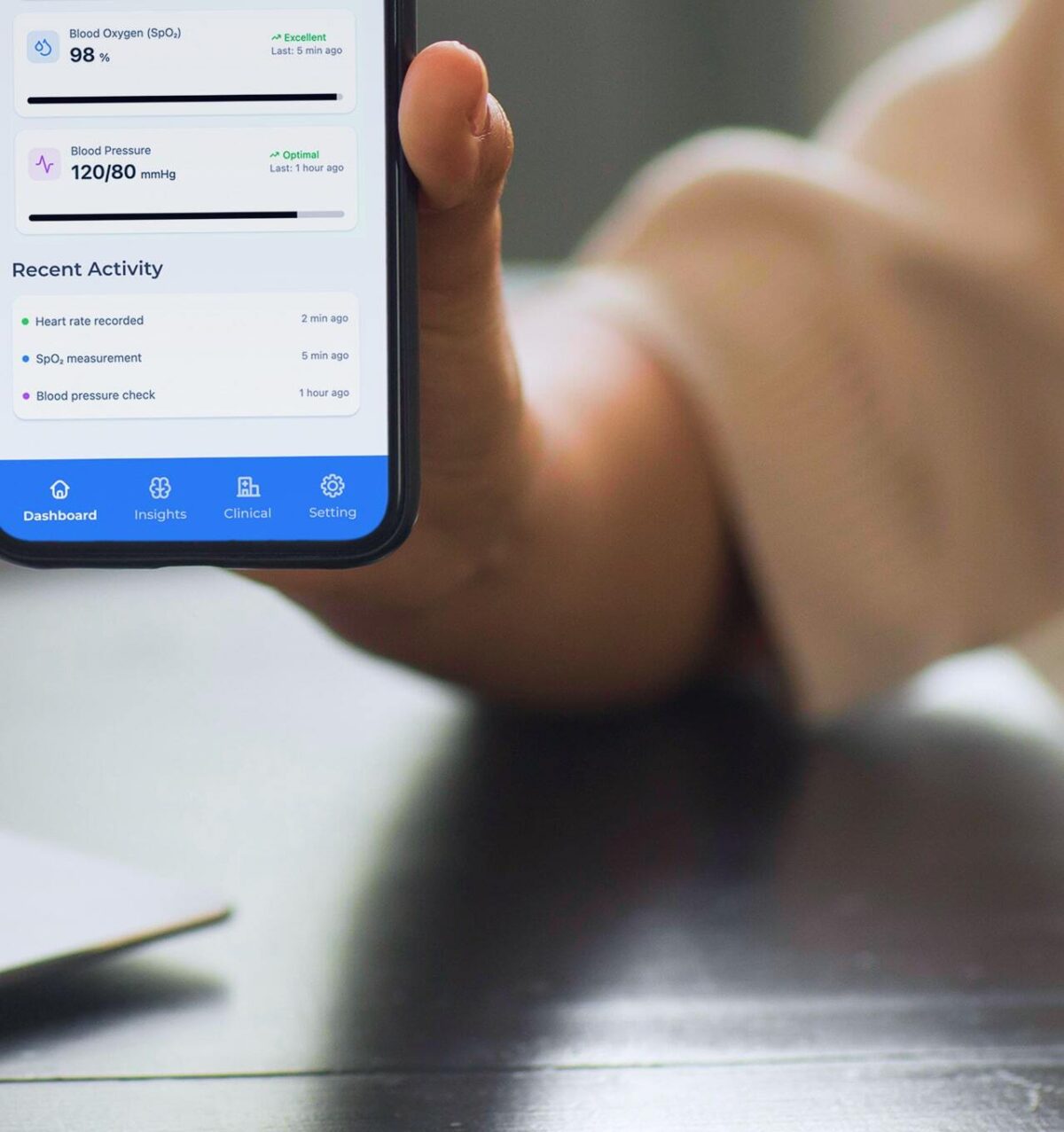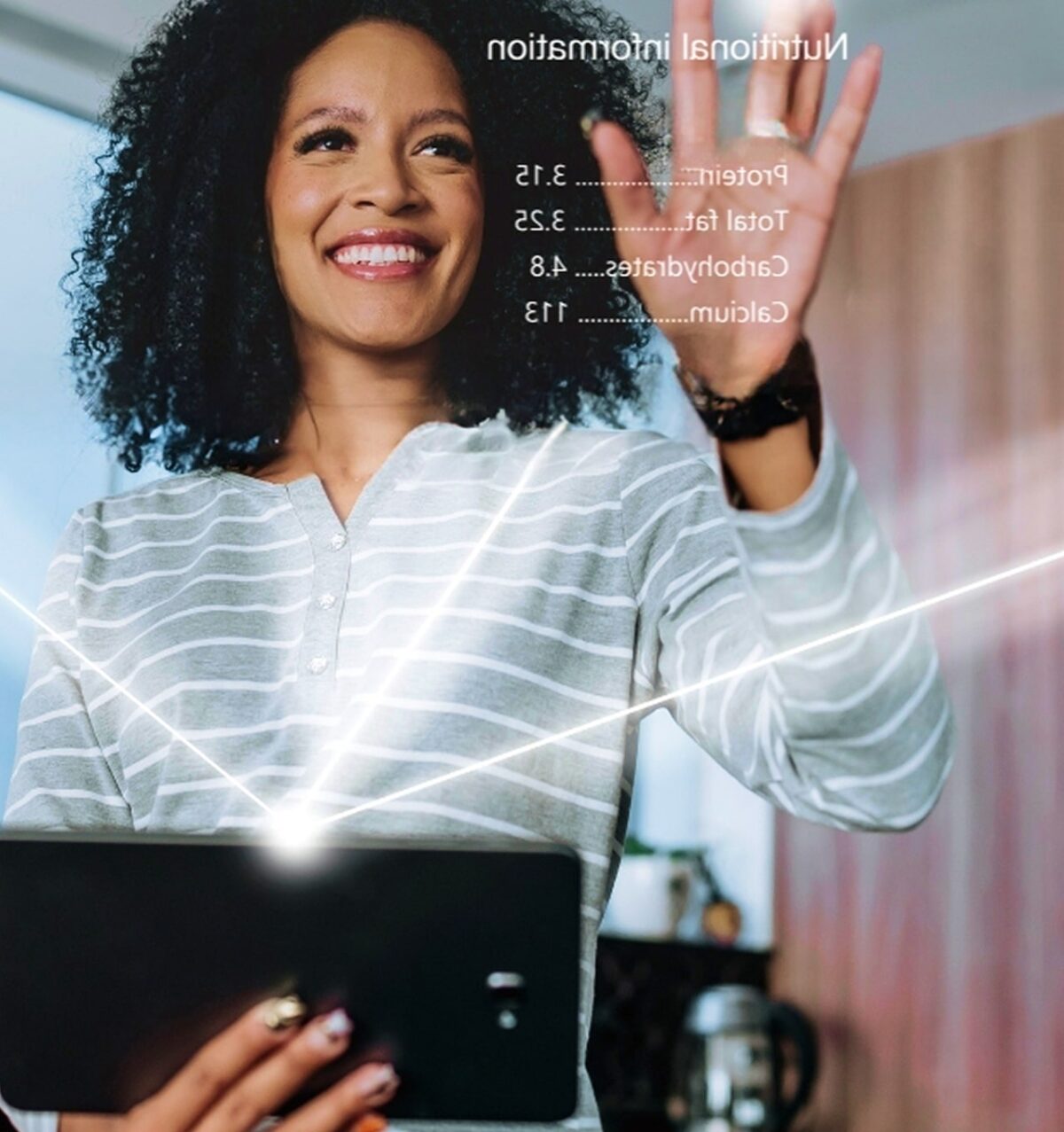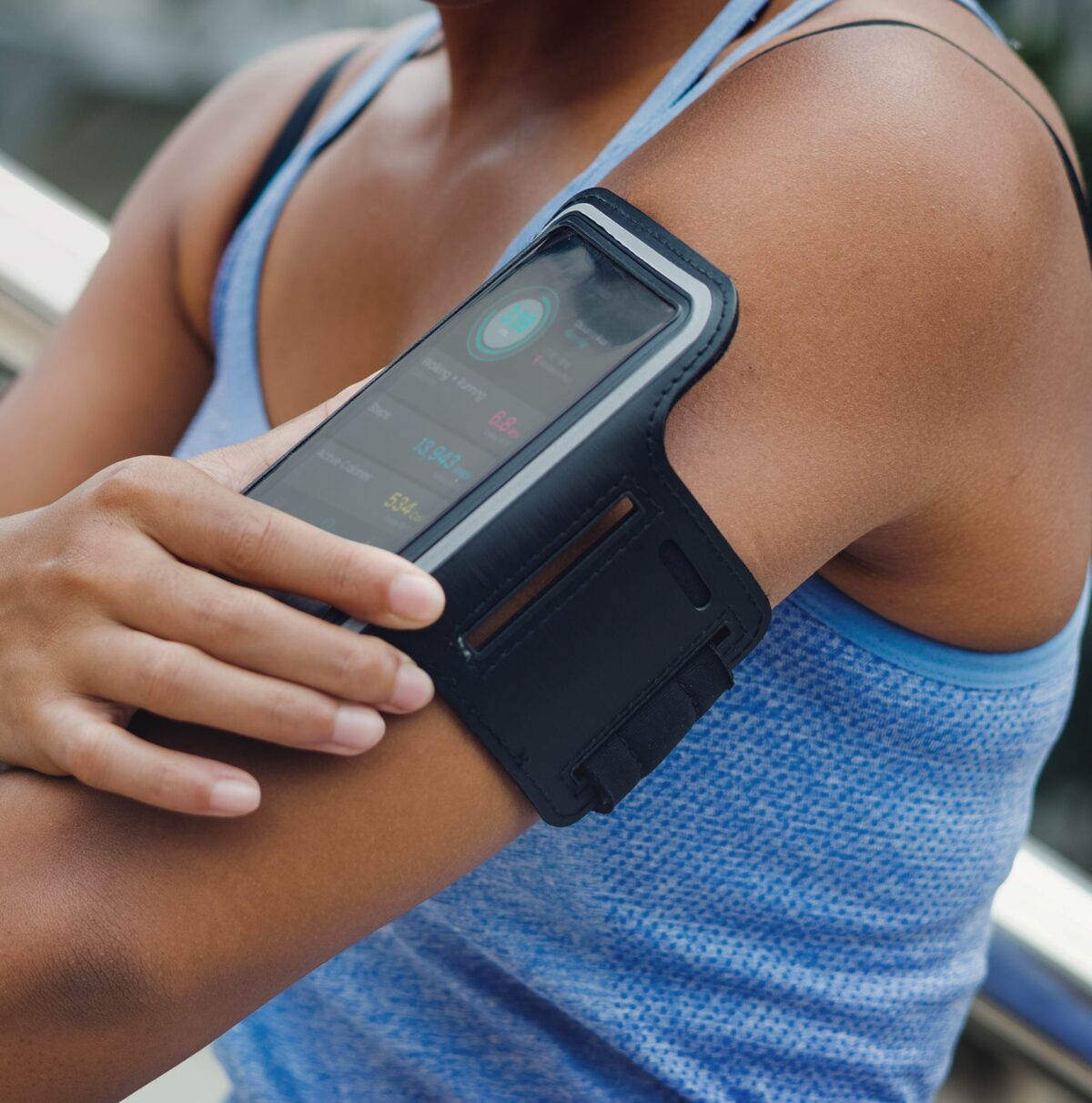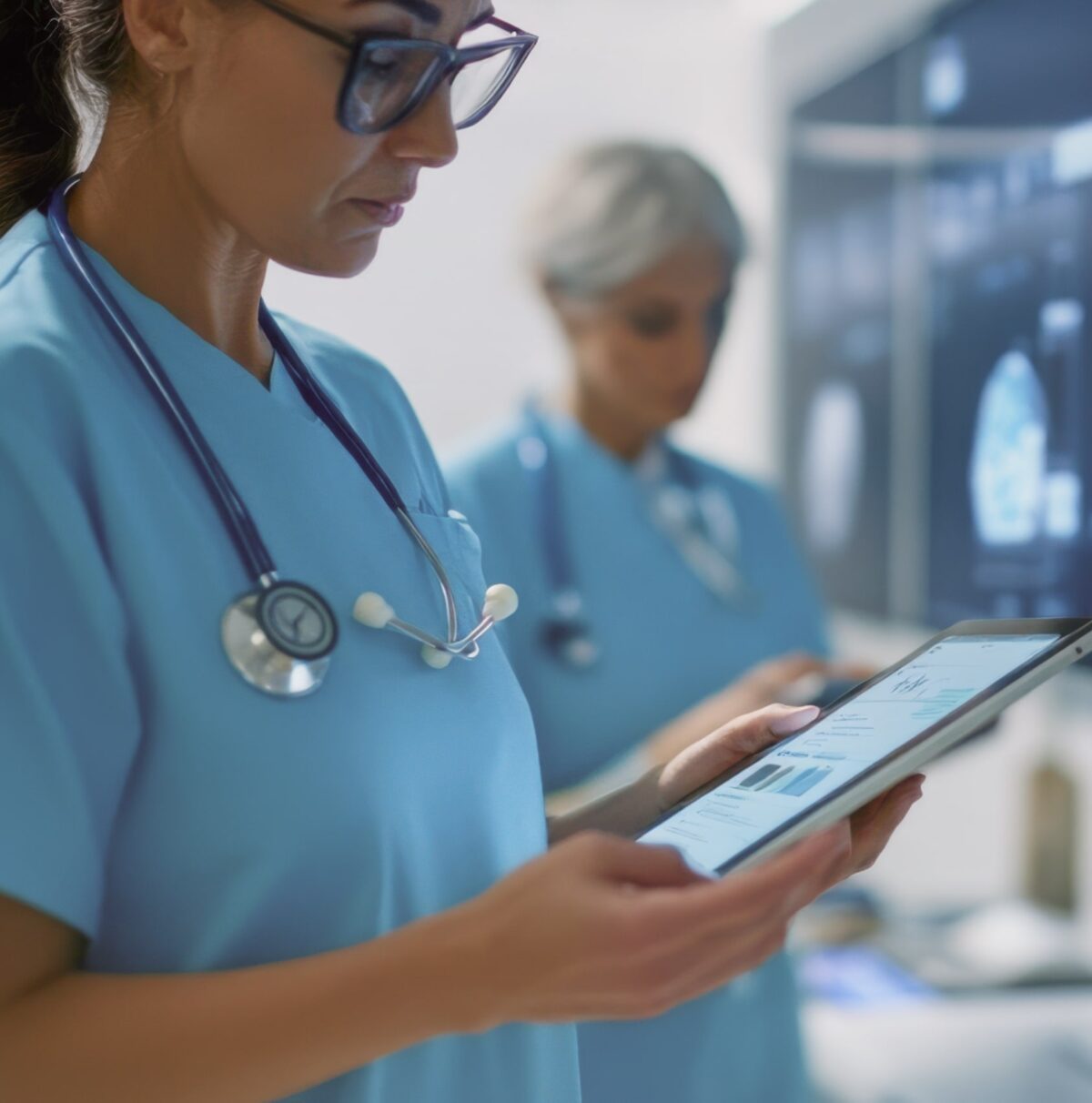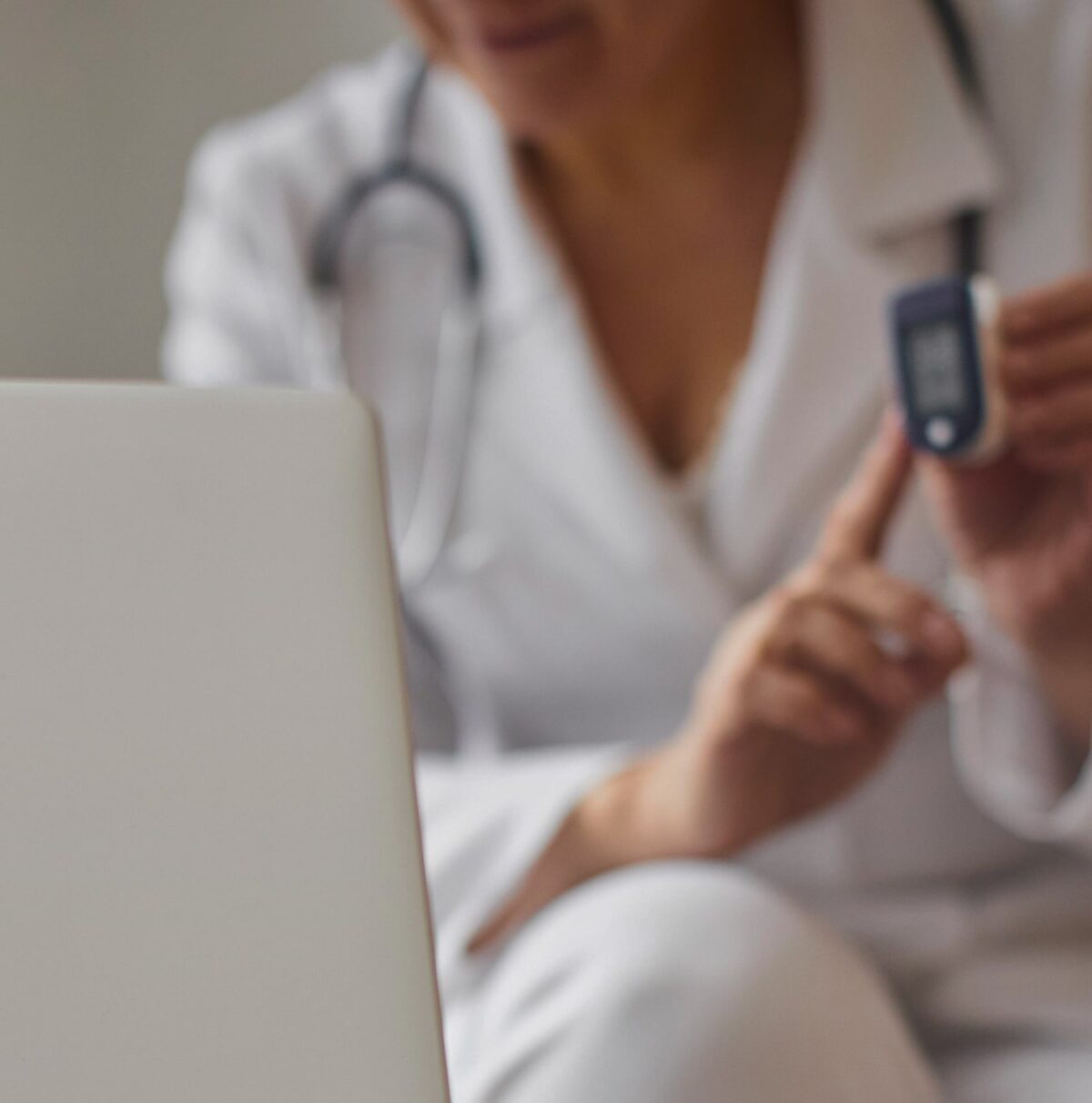An outdated app that couldn’t reliably connect to their devices
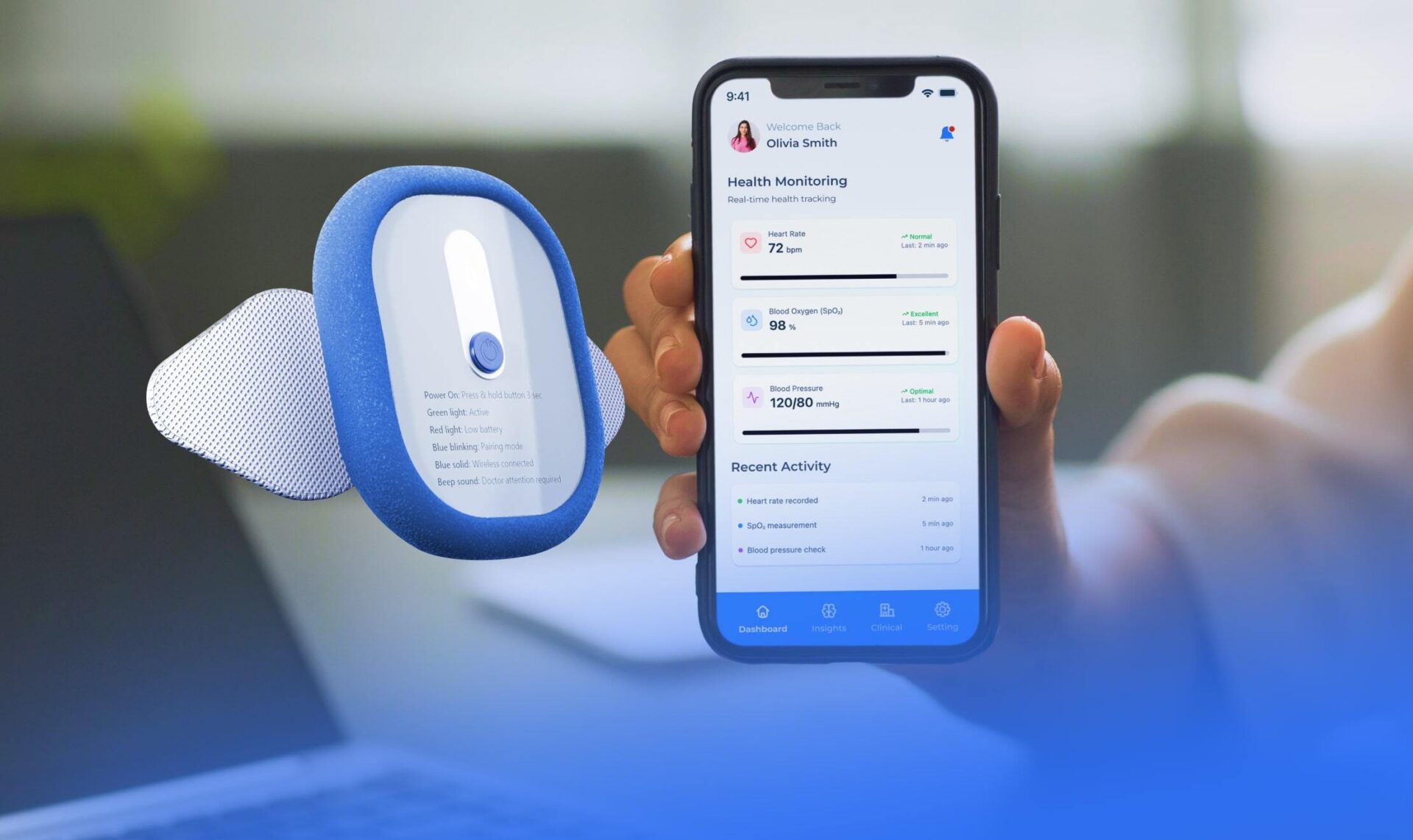
Medical Device Integration: Building an AI Healthcare App That Brings Real Patient Data to Clinics
Yalantis developed an AI-powered mobile app to match the client’s ECG and pulse oximeter wearables, and connect them with clinic systems across the U.S.
App user boost
Of hospitals attracted
Revenue growth
“Our client’s app didn’t integrate well with their devices. So we built a new app that connects to the devices, sends data to the cloud, and shares it with doctors through clinical systems.”
– Mykhailo Maidan, CTO at Yalantis
Need an IoT app to match your devices? We can help.
Be our next success story. Share details about your project and book a call with us to discuss your goals.
From medical devices to industrial automation — we deliver complete enterprise solutions with regulatory compliance built-in. Everything under one roof.
Our offices
Poland
123 al. Jerozolimskie, Warsaw, 00-001
Ukraine
5 Dmytra Yavornytskoho Avenue, Dnipro, 49005
Cyprus
8 Athinon Street, Larnaca, 6023
Estonia
12 Parda, Tallinn, 10151
FAQ
-
Hospitals run different HL7 versions, how did you make the integrations work?
We connected to AdvancedMD, Kareo Clinical, DrChrono, and NextGen, adding a compatibility layer to normalize mixed HL7 versions and stream data into clinical dashboards in real time.
-
What does the AI actually do and where are the compliance guardrails?
The model analyzes day/night patterns, flags anomalies, asks the user for context, and offers recommendations; it’s explicitly non-diagnostic and doesn’t influence medical decisions.
-
How is the cloud/data path designed so data arrives fast and securely?
Data flows device → app via certified Bluetooth pairing, then AWS IoT Core → Kinesis → SageMaker, with encryption, access control, and audit trails aligned to HIPAA/FDA.
-
What do patients and clinicians actually see day-to-day?
Patients get live vitals, trends, alerts, and control over sync cadence/clinic sharing; clinicians receive up-to-date metrics directly in EHR dashboards.
-
What measurable results did your work produce for the business?
EHR connectivity opened a new B2B channel and drove ~30% revenue growth, while AI-driven insights and alerts doubled user engagement (~55% lift reported).
-
What end-to-end security and compliance controls did you implement to meet HIPAA and FDA?
Certified Bluetooth pairing authenticates device-to-app links; data then traverses an encrypted pipeline into AWS IoT Core with role-based access controls and centralized, tamper-evident audit logging. This control set maps to HIPAA Security Rule safeguards (access control, transmission security, audit controls) and aligns with FDA cybersecurity guidance used during validation.
Let’s Start from call scheduling
- Schedule a call
- We collect your requirements
- We offer a solution
- We succeed together!
Thank you for contacting us.
We are open for partnerships too
Check out our refferal program. Find out all benefits.

